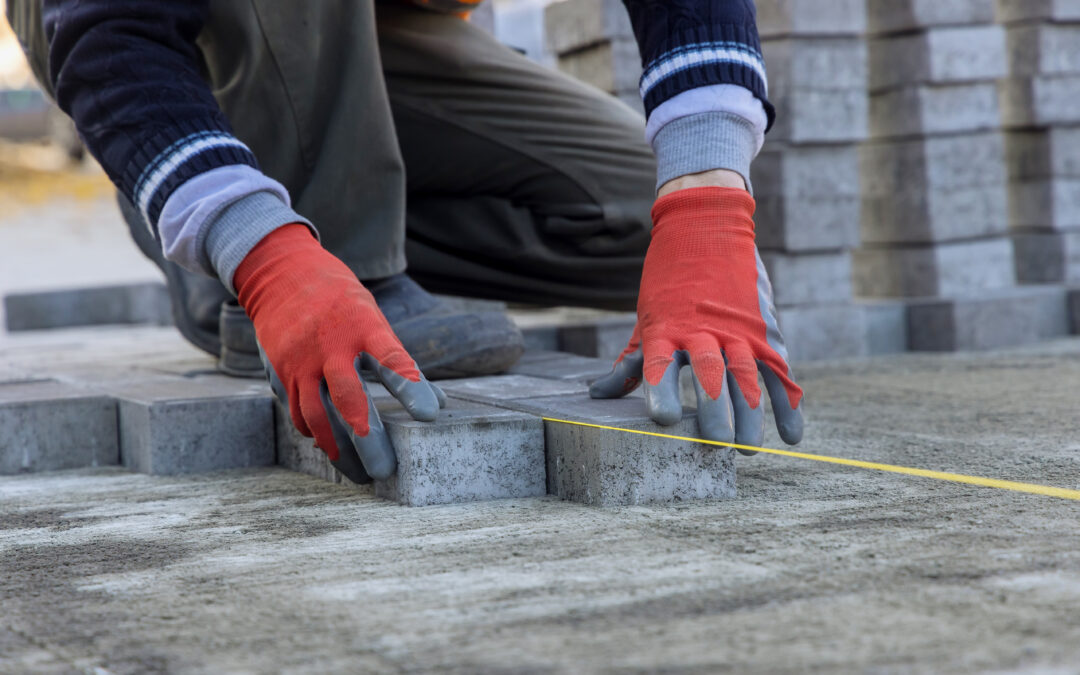Stone and brick masonry are proven to stand up to the test of time, but this does not make them maintenance free. A brick wall can last 100 years without any repairs, but the mortar joints may start to show signs of wear and tear within 20-30 years.
Usually, only certain parts of a structure require repointing. This is a good thing because original mortar joints are greatly preferred to repointed joints. Since only a portion of the mortar is repointed, the new mortar that is used must closely match your original mortar joints. Otherwise, you end up with a mismatched look that will be noticeable right away.
Using the correct type of mortar goes beyond just getting the color right. Although it seems counterintuitive, if the new mortar is too strong it can impact the stability of the masonry structure, and potentially even damage it further. The mortar selected for the job needs to be of the same strength, or even slightly weaker, than the original mortar. As with many structural home repair jobs, this is best left to a professional, who will be able to identify and compare the material structure of the original mortar.
Signs Your Mortar Needs Repairs
As mentioned, mortar joints on your masonry structure can start to show signs of damage within as little as 20 to 30 years. Look for the signs that your mortar joints require attention including,
- You see mortar erosion that is greater than 6mm
- You see areas or whole sections of crumbling mortar
- You can spot hairline cracks in the mortar
- You can find cracks or gaps between the actual bricks and the start of mortar
Tuckpointing and repointing are considered quite labor-intensive projects and are not always the first recommendation to repair masonry damage. If the damage is too severe it doesn’t do any good to repoint a structure. One sign that damage is too extensive for this method is if whole bricks come loose or appear damaged; pointing will only work if the damage is limited to mortar joints. This is why acting quickly at the first sign of damage is such a big deal and calling a professional in to assess your structure as soon as you notice any issues is recommended. Without immediate attention, mortar joint issues will continue to worsen until an entire rebuild is necessary to fix the problem.
Exposure to moisture, along with repeated freezing and thawing causes mortar joints between bricks to crack thus making your home susceptible to hazardous water damage. Aside from halting mortar joint corrosion and restoring structural stability, tuckpointing also helps protect your home’s brick structures from damaging moisture. When the mortar is damaged, water seeps into the brick surface and can cause a significant amount of damage, such as mildew, rotting wood, and mold.
Contact us
Our masonry and paving experts serve all central and northern New Jersey including Bergen, Essex, Hudson, Hunterdon, Passaic, and Union Counties. Address 55 Terrill Road, Plainfield, NJ 07062. https://junsproservices.com Contact us at 908-322-1533

